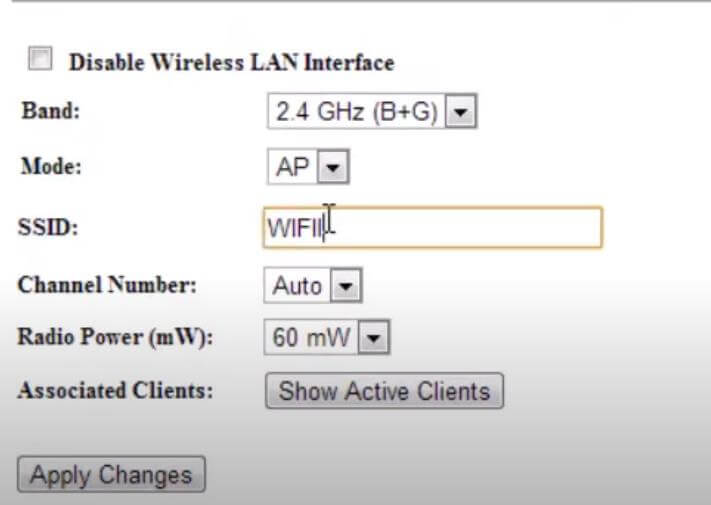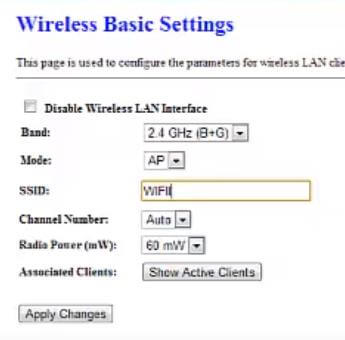SSID is short for Service Set Identifier and is a term used in networking to represent the name of a network.. The SSID for any network is in a human-readable format, using simple languages with characters and numbers in it.

A common example of SSID is the WiFi name that is available when you turn on WiFi on your smartphone or laptop, etc. All available WiFi network names are SSIDs and are written in simple language. Each network has an SSID that represents the network to others who want to connect to the WiFi.
Change network name (SSID)
The access point names we use are SSIDs and are editable so the host can change them at any time. Only the host or network administrator has access to change it manually and each of these networks has a name even if it has not been set manually.

The SSID for available WiFi using the default SSIDs is usually the model name of devices such as router or smartphone. SSID also implies WiFi security and experts recommend manual SSID instead of default SSID. The name of the hardware or product is given by the manufacturer as the default SSID for the time it is used for the network.
Every time you hand over your WiFi you see all the SSIDs of the available WiFi networks that are within the range of your device. To connect to these SSIDs you need a password if it is password protected or you can just select the SSID and connect to it.
SSIDs are case sensitive and using a capital letter makes it very different when used. For a wireless network, the host can also have more than one SSID that represents the WiFi network to others. For more control, SSIDs can also be ghosted to hide the SSID from users so the network is not available to others.